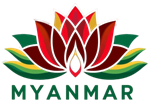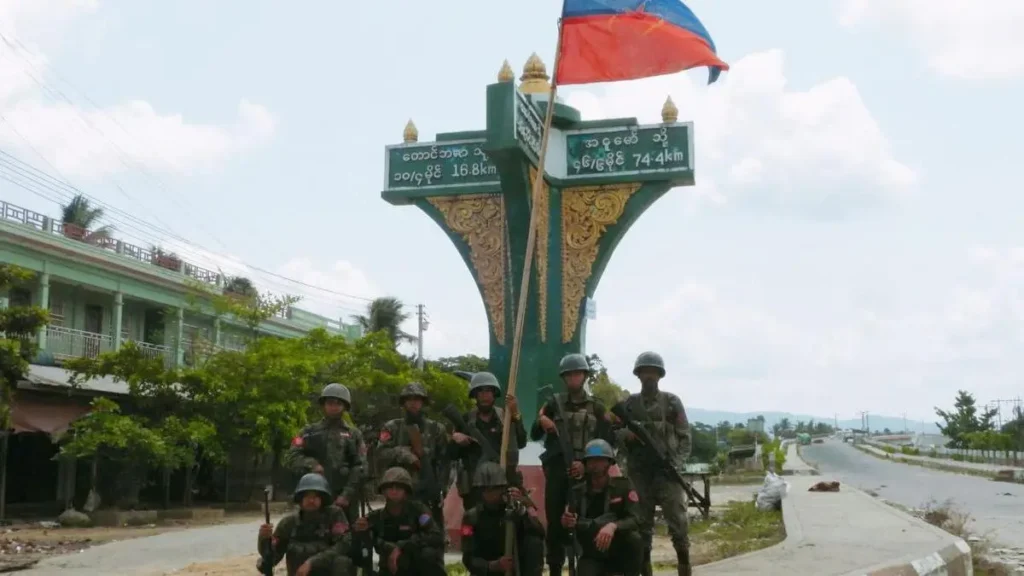
The Rise of the Arakan Army in Myanmar’s Civil War
On October 27, 2023, Myanmar’s civil war reached a decisive turning point. In a coordinated offensive known as Operation 1027, the Three Brotherhood Alliance launched simultaneous attacks against the Tatmadaw (Myanmar’s armed forces). The alliance — composed of the Arakan Army (AA), the Ta’ang National Liberation Army (TNLA) from northern Shan State, and the Myanmar National Democratic Alliance Army (MNDAA) from the Kokang region of eastern Shan State — struck at multiple military, police, and defense installations along the China–Myanmar border.
Early Years: Building Strength through Alliance
Just a few years earlier, the Arakan Army was still an emerging force. Joining the Three Brotherhood Alliance provided not only military protection but also valuable combat experience. Under constant scrutiny from the Tatmadaw, this collaboration allowed the AA to grow into a disciplined and well-organized force.
For the TNLA and MNDAA, the struggle was largely about territorial expansion in Shan State. The AA, however, had a different focus — achieving autonomy in Rakhine State and asserting Arakanese identity in a country where Rakhine people had long been marginalized.
Establishing a Base in Rakhine
By 2014, the AA had consolidated its training, equipment, and leadership and shifted its base to Rakhine State. From this new foothold, the group began conducting operations directly against the Tatmadaw.
The Arakanese population, historically excluded from Myanmar’s political mainstream, increasingly viewed the AA not just as a rebel group but as a symbol of resistance and dignity. For many, the AA represented the possibility of securing Rakhine’s political future, free from central government domination.
The National Ceasefire Agreement and Its Limits
In May 2015, the government of then-President Thein Sein introduced the National Ceasefire Agreement (NCA). While eight groups signed, many refused, citing mistrust and ongoing military pressure.
Notably, the Kachin Independence Army (KIA) declined to sign, and the TNLA and MNDAA were not invited at all. The Arakan Army, only beginning to take root in Rakhine, also remained outside the agreement. For the AA, the NCA reinforced the belief that ethnic groups were treated unequally, deepening its resolve to continue the armed struggle.
Transformation After 2015: From Battlefield to Governance
After years of fighting, the AA gradually shifted from a purely military force to a quasi-political authority in Rakhine. By the late 2010s, it had established parallel structures in areas under its influence, including tax collection, judicial mechanisms, and local administration.
The AA’s leadership framed these actions as steps toward “Arakanese self-rule”, positioning the group not just as a military actor but as a governing force. This transformation allowed the AA to gain widespread local legitimacy, especially as state institutions weakened under ongoing conflict.
Growing Clout Amid National Crisis
The 2021 military coup in Myanmar further reshaped the AA’s role. While many ethnic groups renewed hostilities with the Tatmadaw, the AA used the period to consolidate power in Rakhine. It largely avoided direct confrontation with the junta at first, instead prioritizing governance and expanding its local influence.
However, by 2022–2023, clashes resumed as the Tatmadaw attempted to reassert control. The AA, now far stronger and better organized than in previous years, proved capable of defending its positions. Its participation in Operation 1027 cemented its reputation as one of the most formidable ethnic armed groups in Myanmar.
The Arakan Army Today: Between Autonomy and National Role
Today, the Arakan Army is no longer viewed as a marginal insurgency. It has become a decisive player in Myanmar’s conflict and a de facto governing authority in parts of Rakhine. Its parallel administration has introduced its own justice system, local police, and revenue collection mechanisms.
Yet, challenges remain. The AA’s rise has created tensions with other ethnic communities, as well as uncertainty over how its ambitions for autonomy will fit into Myanmar’s broader federal or democratic future. Moreover, relations with the junta, the National Unity Government (NUG), and other armed groups remain complex and shifting.
Conclusion: A Force Under Myanmar’s Sun
From a little-known rebel group less than two decades ago, the Arakan Army has become a central force in Myanmar’s ongoing struggle. Its trajectory — from alliance warfare to local governance — highlights both the resilience of ethnic armed movements and the deep fractures in Myanmar’s political landscape.
Whether the AA will achieve lasting autonomy for Rakhine, or play a role in shaping a new federal Myanmar, remains uncertain. But one fact is clear: the Arakan Army has secured its place under Myanmar’s sun.
Related posts:
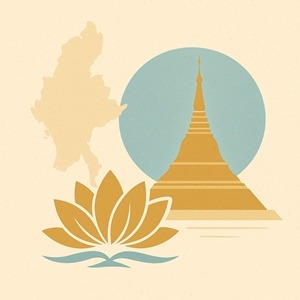 Policy Dilemmas and Stability: Bangladesh’s Approach to the Arakan Army
Policy Dilemmas and Stability: Bangladesh’s Approach to the Arakan Army
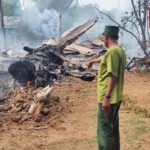 REBELS DOWN MYANMAR JF-17 FIGHTER JET IN ATTACK
REBELS DOWN MYANMAR JF-17 FIGHTER JET IN ATTACK
 RUSSIA, MYANMAR SIGN AGREEMENT ON PROMOTION, PROTECTION OF INVESTMENT
RUSSIA, MYANMAR SIGN AGREEMENT ON PROMOTION, PROTECTION OF INVESTMENT
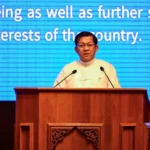 Myanmar Junta Admits Polls Can’t Cover Entire Country
Myanmar Junta Admits Polls Can’t Cover Entire Country
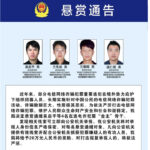 China Issues Wanted Notices for 100 Myanmar Scam Suspects
China Issues Wanted Notices for 100 Myanmar Scam Suspects
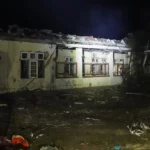 Airstrike Destroys Mrauk U Hospital in Rakhine, Dozens Injured
Airstrike Destroys Mrauk U Hospital in Rakhine, Dozens Injured
